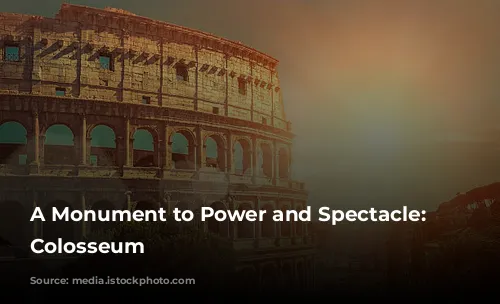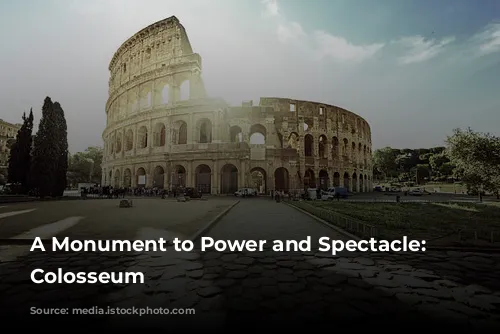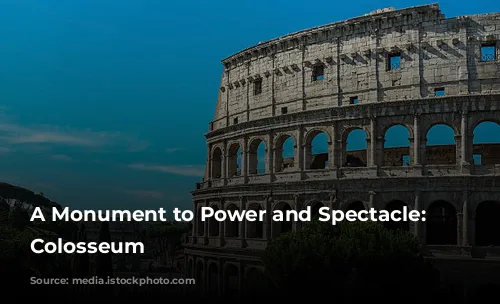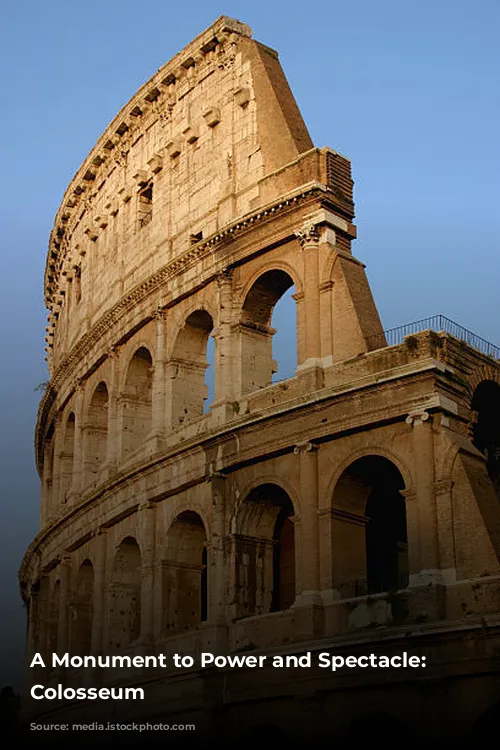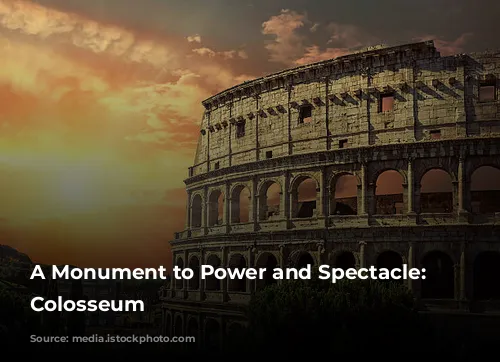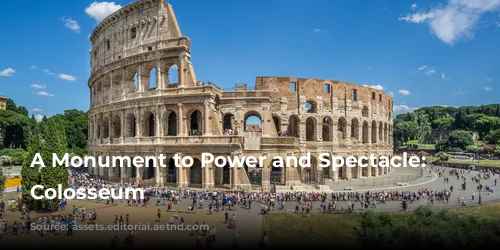The Colosseum, a name synonymous with ancient Rome and its gladiator battles, stands as a breathtaking example of architectural ingenuity and engineering prowess. More than just a stage for blood-sport entertainment, the Flavian Amphitheater – as it was formally known – served as a testament to the Flavian Dynasty‘s power and ambition, and remains an enduring symbol of the Roman Empire’s grandeur.
This article delves into the fascinating history of this iconic structure, exploring its construction, function, and the social hierarchy it reflected. We’ll also uncover the architectural innovations that made the Colosseum stand the test of time, and examine the controversy surrounding its financing and the legacy it left behind.
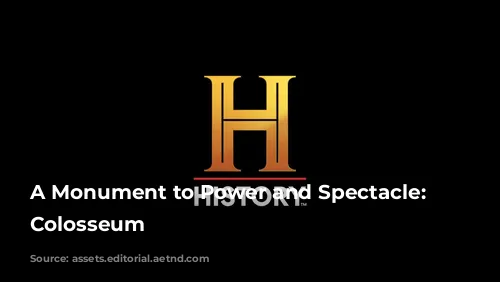
A Dynasty’s Triumphant Return
Following the tumultuous reign of Nero, the Flavian Dynasty, led by Vespasian, embarked on a monumental task: restoring Rome to its former glory. After the city suffered through devastating fire, plague, and civil war, Vespasian, along with his sons Titus and Domitian, sought to rebuild and revitalize their capital. Their ambitious program included renovating buildings, statues, and monuments, but their most ambitious project was yet to come.
In 70 AD, Vespasian commissioned the construction of a new amphitheater in the heart of Rome, funded by the spoils from the Roman siege of Jerusalem during the First Jewish-Roman War. This monumental structure, dedicated ten years later, became known as the Colosseum, a bold symbol of the city’s resurgence and the Flavian Dynasty’s triumph.
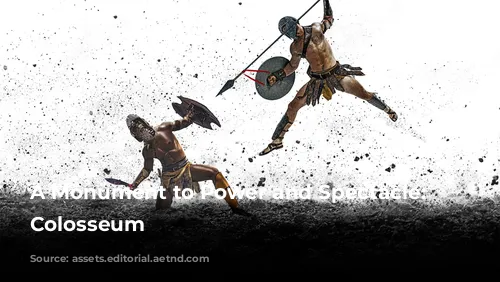
A Marvel of Engineering
The Colosseum was not only a political statement but also a marvel of engineering. The largest and most complex permanent amphitheater of the ancient world, it was constructed primarily from concrete, travertine, marble, stone, and timber. The structure soared to a height of 157 feet, roughly equivalent to a 15-story building, and could accommodate an estimated 50,000 to 80,000 spectators.
The Colosseum’s construction was part of a broader effort to erase the mark of Nero and replace it with the Flavian Dynasty’s own monumental achievements. The choice of location, on the site of Nero’s Domus Aurea, was no accident. The Flavians filled in the artificial lake and bronze Colossus statue that once graced the estate, replacing it with a structure that would forever overshadow Nero’s legacy.
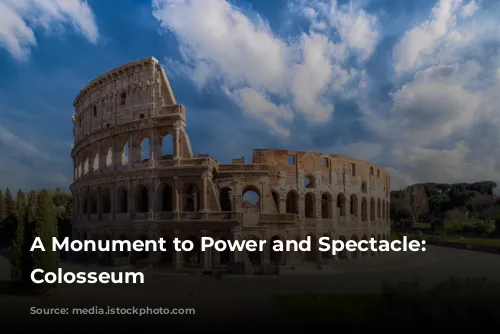
A Reflection of Roman Society
The Colosseum was not simply a place for entertainment; it was a reflection of the Roman social order. Hierarchical seating ensured that each social class had its designated place. The best seats, closest to the arena, were reserved for the Emperor and senatorial nobility. Above them sat the Equestrian order, followed by the general populace. This system extended to the entrances, with four reserved for elites and 76 for ordinary citizens.
This meticulous arrangement ensured the orderly flow of spectators, reinforcing the social hierarchy that was central to Roman society. While the Colosseum provided a place for public enjoyment, it also served as a tangible reminder of the rigid social structure that governed Roman life.

Architectural Innovations
While temporary amphitheaters were common in ancient Rome, the Colosseum was a revolutionary departure. It was the first permanent stone amphitheater built on such a grand scale. The architect remains unknown, but the structure’s impressive design incorporated elements from earlier entertainment structures, particularly Greek theaters.
However, the Colosseum’s most remarkable innovation was its extensive use of concrete, a material that allowed the builders to create a monumental and durable structure. The strength of the concrete was further enhanced by the deep foundation that was necessary to stabilize the structure on the unstable soil of the Tiber River area.
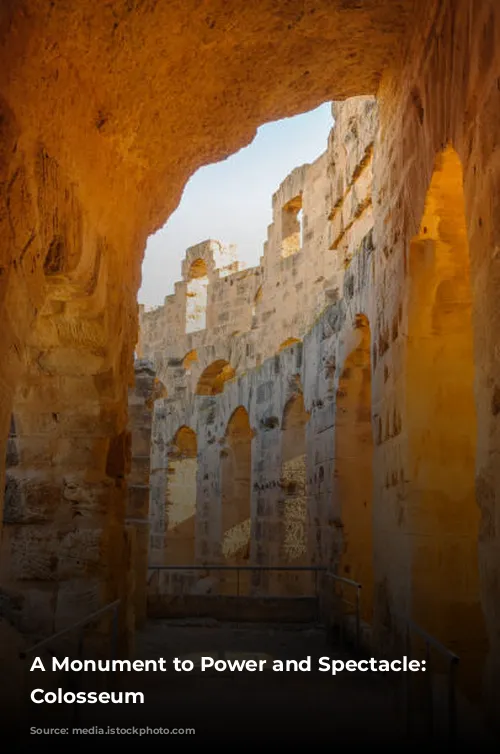
A Legacy of Spectacle
The Colosseum was more than just a building; it was a symbol of power and spectacle. It featured sophisticated drainage systems to facilitate mock sea battles, retractable awnings to protect spectators from the elements, and a complex network of chambers and tunnels beneath the arena floor to house props, scenery, and participants. The structure also featured ingenious trap doors, pulleys, and lifts, allowing for dramatic entrances and exits for both performers and even elephants.

The Colosseum’s Enduring Influence
Though centuries have passed, the Colosseum’s legacy continues to shape the world around us. The structure’s architectural innovations, including its use of arches for support, its elliptical shape, and its organized seating arrangement, have served as inspiration for modern stadiums around the globe.
The Colosseum stands as a testament to the ingenuity and ambition of the Roman Empire. It’s a reminder of the spectacle and power that once captivated ancient Rome and continues to fascinate us today.

